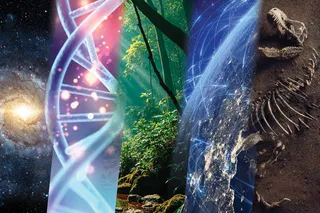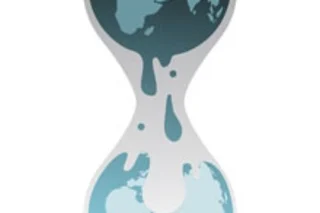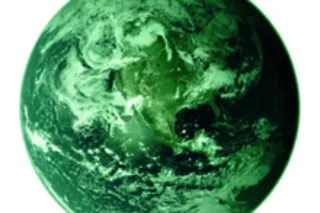Heartache on Twitter, Tracked to its Source
Explore how to understand the dream of love and relationships in depth. Discover ways to connect authentically today!
More on Discover
Stay Curious
SubscribeTo The Magazine
Save up to 40% off the cover price when you subscribe to Discover magazine.
Subscribe






